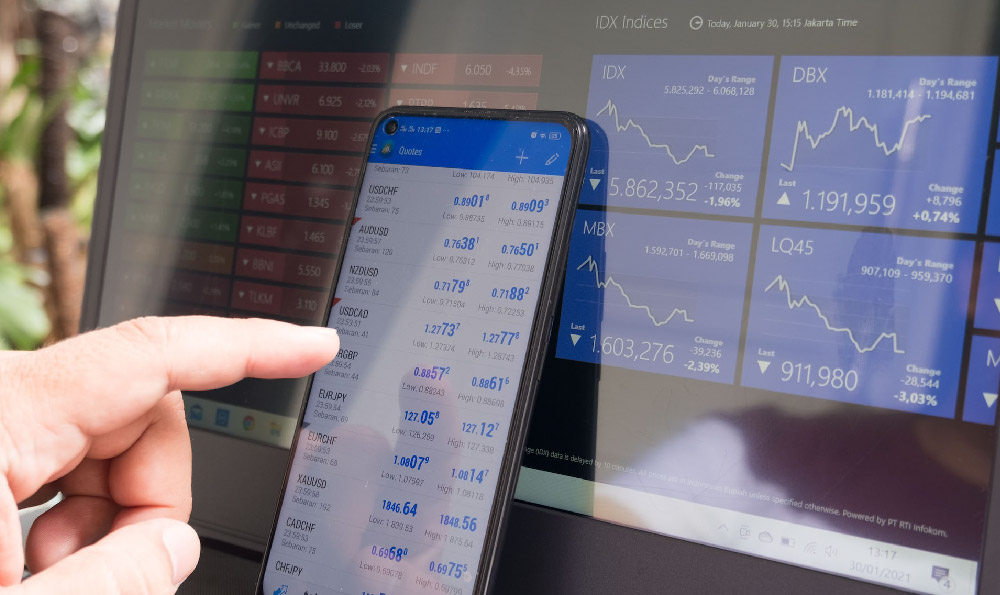Twitter's financial model has evolved over the years to adapt to changing market dynamics and user behavior, but at its core, the platform remains a highly sophisticated ecosystem that combines digital advertising, subscription services, and premium data offerings to generate revenue. The company's ability to monetize its vast network of users and real-time information flow has made it a key player in the digital economy, yet its financial success is not solely dependent on traditional ad-based models. Instead, Twitter has diversified its income streams to maintain resilience against market fluctuations and to align with the growing demand for personalized and premium digital experiences.
One of the most significant contributors to Twitter's revenue is its advertising business, which has been a cornerstone of the platform since its early days. Unlike traditional media, where ads are static and broadcasted to a broad audience, Twitter's advertising model leverages data-driven targeting to deliver ads directly to users who are most likely to engage with them. This includes sponsored tweets, which are promoted messages that appear in users' feeds based on algorithmic recommendations, and promoted accounts, which allow brands to amplify their presence by increasing visibility for specific profiles. Additionally, Twitter offers in-feed ads, which are integrated into the user experience, and promoted trends, allowing advertisers to influence the visibility of certain hashtags or topics. These formats have enabled the company to capitalize on its unique position as a real-time communication platform, where brands can reach niche audiences with precision. However, the effectiveness of this revenue stream depends heavily on the platform's ability to maintain user engagement and ensure that ad placements do not compromise the user experience.
In recent years, Twitter has also expanded its subscription services, a move that reflects the broader trend of digital platforms shifting towards leveraging recurring revenue models. The introduction of Twitter Blue, a premium subscription service, represents a strategic attempt to monetize loyal users while providing enhanced features such as ad-free browsing, dark mode, and exclusive emoji. This approach not only increases the platform's revenue per user but also helps retain users who might otherwise migrate to competitors offering similar experiences. Moreover, the company has explored enterprise subscription solutions, such as the Twitter Enterprise account, which offers businesses advanced analytics, custom branding, and dedicated support. These services cater to organizations that require more tailored and secure communication tools, further broadening Twitter's revenue base. The subscription model adds a layer of financial stability, as it generates predictable income and reduces reliance on volatile ad-driven revenue.

Another crucial aspect of Twitter's revenue strategy is its data monetization efforts, which involve selling access to user data and analytics to third-party organizations. This includes providing tools like the Twitter API, which allows developers and data scientists to access real-time tweet data, user interactions, and other metrics. By offering these APIs, Twitter enables businesses and researchers to derive insights from social media trends, making it a valuable resource for market analysis and competitive intelligence. Additionally, the company has partnered with data analytics firms to provide specialized insights, such as audience demographics, engagement patterns, and ad performance metrics. While these data sales contribute to revenue, they also raise ethical concerns regarding user privacy and data security, which has led to increased regulatory scrutiny in recent years. Twitter's ability to balance these challenges while maintaining profitability will be a key determinant of its long-term success.
Beyond these primary revenue streams, Twitter also generates income through various ancillary services, including the sale of verified accounts, transaction fees, and the monetization of user-generated content. Verified accounts, which provide credibility to public figures and brands, are sold at a cost to users who wish to assert their authenticity on the platform. Transaction fees, although not a major component of revenue, are generated through the sale of virtual goods such as emojis, stickers, and other digital assets. These fees are relatively minor compared to the platform's overall revenue, but they add a degree of diversification to the company's income. Additionally, Twitter has explored monetizing user-generated content through various means, including the sale of influencer marketing services and the licensing of content for commercial use. These opportunities are particularly relevant in an era where user-generated content plays a central role in digital marketing and brand promotion.
The interplay between these revenue streams is a critical factor in Twitter's financial health. While advertising remains the dominant source of income, the company's shift towards subscription services and data monetization demonstrates a broader strategy to reduce dependence on advertising and increase its overall resilience. This diversification is especially important in light of the growing competition from platforms like Meta and TikTok, which have developed their own ad and subscription models. Twitter's ability to innovate and adapt its revenue strategies will be essential in maintaining its position as a leading digital platform. By continuously refining its advertising algorithms, expanding its subscription offerings, and enhancing its data monetization capabilities, the company can ensure that it remains a viable and profitable business in an ever-evolving digital landscape.












